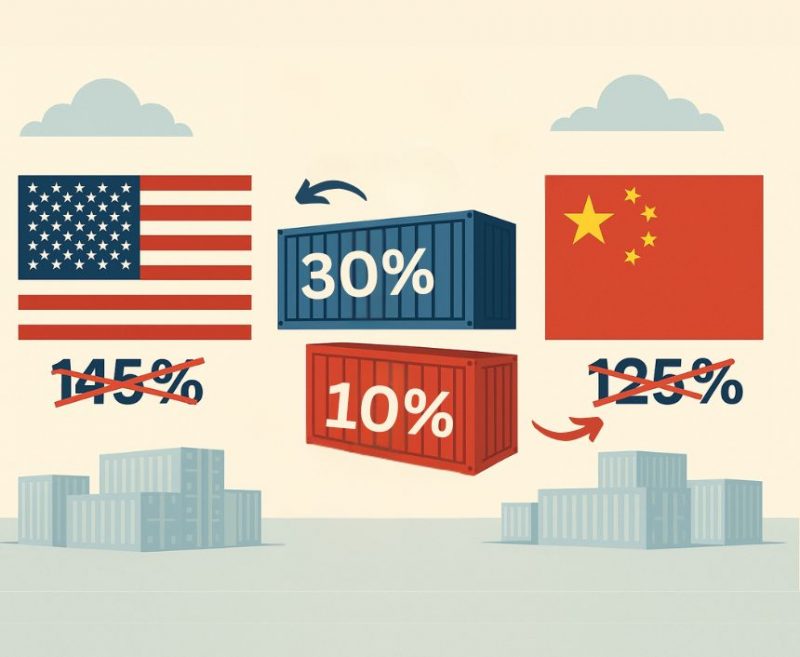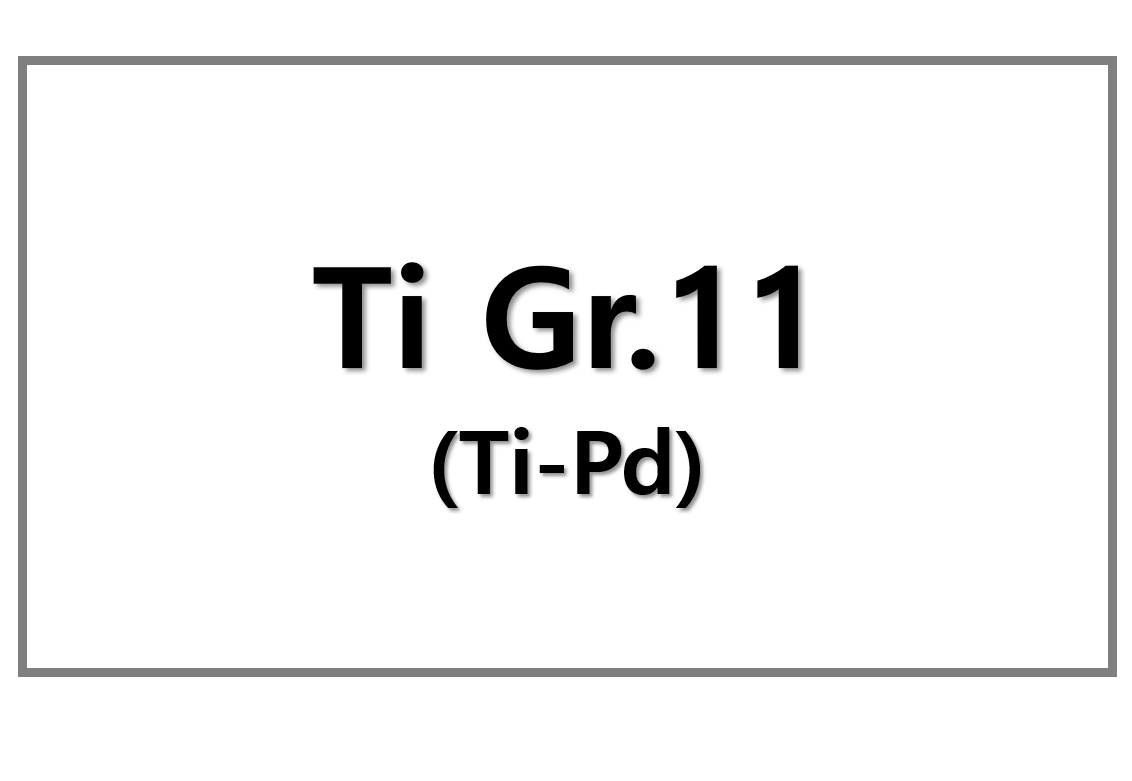
In a significant move to ease trade tensions, the United States and China have agreed to mutually reduce tariffs for an initial 90-day period. The tariff reduction aims to create space for continued discussions on broader economic and trade relations between the two nations.
Details of the Agreement
As part of the agreement, the United States will reduce tariffs on Chinese goods from 145% to 30%. In return, China will lower tariffs on American imports from 125% to 10%. Additionally, China will take necessary steps to suspend or cancel non-tariff countermeasures imposed on the United States since April 2, 2025. This agreement is set to last for 90 days, providing both countries with an opportunity to negotiate further trade terms.
Ongoing Discussions and Future Plans
The two parties have agreed to establish a mechanism for ongoing discussions. Vice Premier of the State Council, He Lifeng, will represent China in these talks, while Treasury Secretary Scott Bessent and US Trade Representative Jamison Greer will represent the United States. The talks may take place alternately in China, the United States, or a third country agreed upon by both parties. Additionally, working-level consultations will occur as needed to address relevant trade issues.
Exclusions and Remaining Tariffs
Despite the tariff reductions, Scott Bessent, a US official, clarified that the announced cuts do not apply to sectoral duties imposed on all US trading partners. He also stated that tariffs applied to China during the first Trump administration would remain in effect.
Other Bilateral Agreements
On May 8, 2025, the United States and the United Kingdom also announced a limited bilateral trade agreement. This agreement saw the reduction of the 25% tariff on British steel to zero and a decrease in the duty on car exports to the UK from 27.5% to 10% for 100,000 cars. However, a general 10% US tariff on British exports remains intact.
Conclusion
This temporary tariff reduction between the US and China marks a critical moment in global trade relations. As both countries work toward a more stable and balanced economic partnership, this agreement offers a foundation for future negotiations.











Leave a Reply
You must be logged in to post a comment.